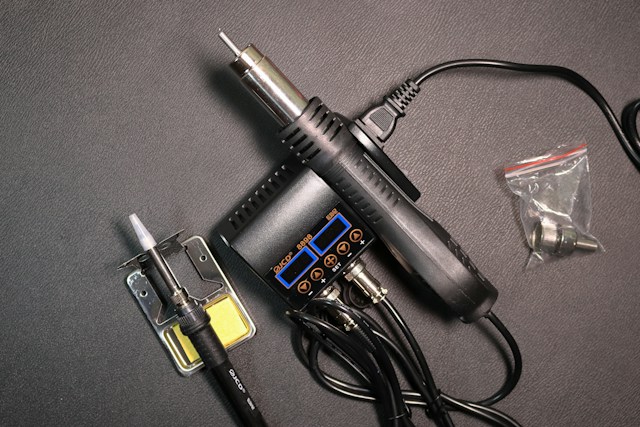Mixing is an essential part of any commercial or production venture. Industrial mixers allow manufacturers to create large amounts of uniform substances quickly and efficiently. Industrial mixers are available in many sizes and styles to suit any need. There are a few key features to find to find the right one.
Size
Mixers are important pieces of equipment for commercial kitchens. They are versatile; different attachments let them knead and chop ingredients or whisk batters. Bowl size is one of the first factors to consider when selecting an industrial mixer. Smaller countertop models that hold up to 10 quarts can fit on a counter, while larger mixers have a recessed base designed to sit on a sturdy equipment surface like a floor. The number of speed settings on a mixer can also help determine which model to purchase. Higher-end mixers have more speed options that let operators fine-tune mixes for precise results. Some mixers allow you to adjust speeds during operation, while others require the unit to shut off before changing. A removable bowl guard is another useful feature, as it prevents hands and other items from contacting the agitator while mixing. This helps ensure safety and compliance with health regulations.
Power
Mixers are critical pieces of equipment that break down and combine materials to create various products for food, chemicals, water treatment, cosmetics, and household goods. These are often utilized in bulk processing and manufacturing, especially when the materials must be mixed in large quantities or for long periods. Different mixer types are designed for specific purposes, and their working mechanisms and components differ. However, they must all have enough power to handle a certain volume of material and work for a specified period. The type of drive system also affects how well a mixer operates. Belt-driven mixers use a basic strap system resembling an engine belt to turn the agitator, but they can be susceptible to belt slip and require more frequent repairs than gear systems. For a smoother mixing experience, choose a model with gears and an inner system that reduces slippage and offers greater precision.
Durability
From bakeries to college dining halls, industrial mixers are workhorses that help produce dough and more. They also contain different attachments to mashed potatoes, whisk cream, and juice. Choosing the right design for your mixer will allow you to work safely. Mixers must adhere to health and safety laws when used in commercial kitchens, and they are powerful enough to cause injuries when handled incorrectly. The type of drive system is another important consideration. Belt-driven models use a basic strap system similar to an engine belt and are less expensive to repair than gear-driven systems. However, belt slippage can decrease the agitator’s velocity ratio. Gear-driven mixers have an inner system of gears that reduces the chances of slippage and stuttering. They also require more maintenance than belt systems and can be costlier to repair. Many models include a no-voltage release coil that prevents the motor from running when the switch is off and a neoprene bowl support interlock that keeps heavy mixing bowls in place.
Speed
Many industrial mixers have multiple operating speeds that affect how quickly the agitator turns. Some have as few as three settings, while higher-end models offer up to 12 locations for ultimate precision and control. Some mixers also allow you to change the speed while the machine is running, whereas others require that it be shut off before making changes to avoid damage. Most commercial mixers use a belt or gear system to turn the agitator. The belt-driven system on smaller countertop models provides more speed options and can be easier to repair than the gear-driven system found in larger, heavier machines like floor models. Many industrial mixers come with safety features, such as a guard that keeps fingers, clothes and utensils from being drawn into the machine while it’s running and a safety switch that stops operation when the guard is removed. These measures help protect workers from injury and prevent equipment malfunctions.

